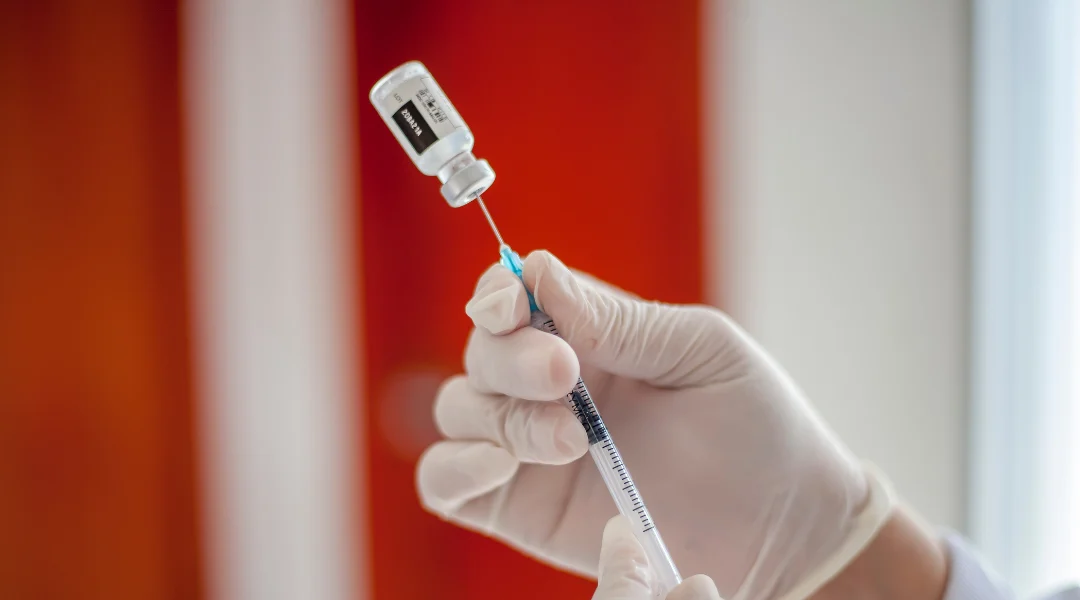Get Ready, Soldiers: The Peanut Butter Shot Explained
As a new recruit in the Army, you’re in for a wild ride during your training. One aspect of your introduction to Army life is the infamous “peanut butter shot,” a mandatory injection you’ll encounter during your processing week. You’ve probably heard whispers about this injection from fellow soldiers or online forums, but what’s the real scoop? Fear not, because we’ve got you covered. In this article, we’ll dig deep into the peanut butter shot, what it is, and what you can expect when you encounter it during your training. Let’s get this party started!
What is the Peanut Butter Shot in the Army?
The peanut butter shot, also known as the “penicillin shot,” is a required vaccination given to Army recruits during processing week. This shot contains penicillin G benzathine, a yellow-colored antibiotic, which is slowly released into the muscle over several days. The purpose of this injection is to prevent the spread of a variety of bacteria among large groups of recruits during their intense training schedules.
Can I Refuse To Take The Peanut Butter Shot?
It is important to understand that the peanut butter shot is a mandatory vaccination required by the U.S. Army. Refusing to take the shot can result in serious consequences, including disciplinary action or even discharge from service. While the shot can be uncomfortable and even painful, it is ultimately a necessary part of maintaining the health and safety of military personnel. It’s best to discuss any concerns or questions with a medical professional or drill sergeant to ensure that you are fully informed about the benefits and risks of the shot.
What to Expect During the Peanut Butter Shot
It’s crucial to understand that the peanut butter shot is a mandatory vaccination required by the U.S. Army. Refusing to take the shot can lead to serious consequences, including disciplinary action or even discharge from service. While the shot can be uncomfortable and even painful, it is ultimately essential for maintaining the health and safety of military personnel. Discuss any concerns or questions with a medical professional or drill sergeant to ensure you are fully informed about the benefits and risks of the shot.
Additionally, some individuals may experience more systemic side effects such as nausea, vomiting, and dizziness. In rare cases, the peanut butter shot may cause an allergic reaction. It’s important to inform your drill sergeant or medical provider immediately if you experience any concerning symptoms after receiving the injection.
Taking good care of yourself by staying hydrated, getting enough rest, and following any additional instructions from your medical provider can help you manage any potential side effects and recover more quickly.
Preparing for the Peanut Butter Shot
While there’s no way to completely avoid the discomfort of the peanut butter shot, there are some things you can do to prepare for it. First, make sure to drink plenty of water leading up to the shot to keep your muscles hydrated. This will help keep your muscles relaxed and reduce the risk of cramping or spasms, which can make the pain worse. It is also advisable to eat a healthy meal before receiving the shot to ensure your body has the necessary nutrients to handle the injection’s side effects.
Another useful tip is to wear loose-fitting clothing on the day of the shot. This will make it easier for your drill sergeant to administer the injection without causing any extra pain or discomfort. Tight clothing can also restrict blood flow, which can increase the intensity of the shot’s side effects.
Furthermore, consider discussing any concerns or questions you have with your drill sergeant or a medical professional. They can provide guidance and reassurance, and it’s always better to ask for help than to suffer in silence.
Conclusion
In conclusion, while the peanut butter shot in the Army may not be the most enjoyable experience, it’s an important step in ensuring the health and safety of all recruits during basic training. By preparing for the shot and taking care of yourself afterward, you can minimize any discomfort and get back to your training as quickly as possible.

